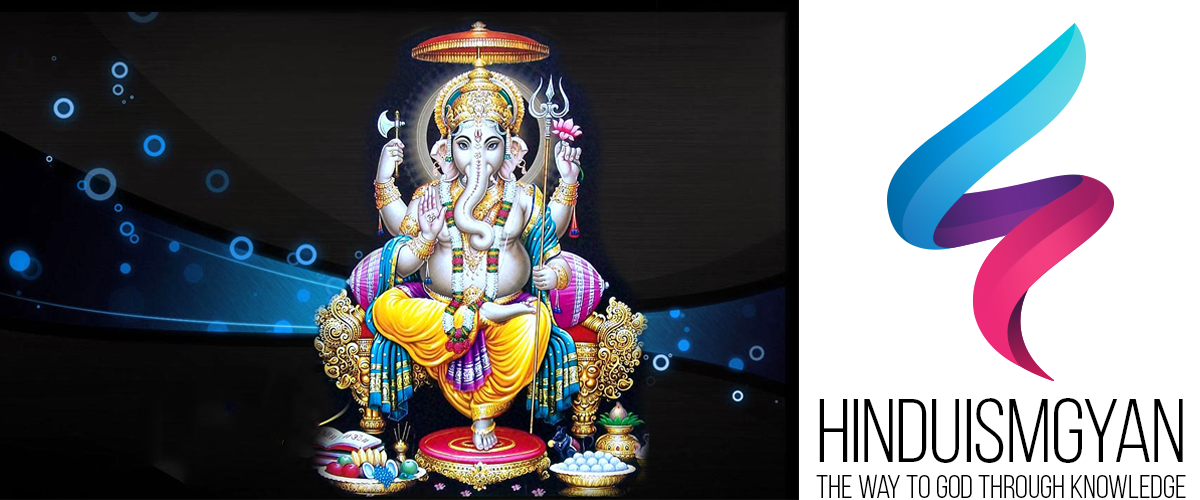[2]Another category of secondary literature derived from the Dharmasutras and Dharmasastras were the digests [to obtain information, ideas, or principles from; assimilate mentally; to arrange methodically in the mind; think over; to arrange in convenient or methodical order; reduce to a system; classify; to condense, abridge, or summarize] — nibandhas, sometimes spelled nibhandas. These arose primarily because of the conflict and disagreements on a particular subject across the various Dharma texts. These digests attempted to reconcile, bridge or suggest a compromise guideline to the numerous disagreements in the primary texts, however the digests in themselves disagreed with each other even on basic principles. Geographically, the medieval era digest writers came from many different parts of South Asia, such as Assam, Bengal, Bihar, Gujarat, Kashmir, Karnataka, Maharashtra, Odisha, Tamil Nadu, and Uttar Pradesh. The oldest surviving digest on Dharma texts is Krityakalpataru, from early 12th-century, by Lakshmidhara of Kannauj in north India, belonging to the Varanasi school.
[2]The digests were generally arranged by topic, referred to many different Dharmasastras for their contents. They would identify an idea or rule, add their comments, then cite contents of different Dharma texts to support or explain their view.
| Subject | Author of Digests |
| General | Lakṣmīdhara (1104–1154 CE), Devaṇṇa-bhaṭṭan (1200 CE), Pratāparuda-deva (16th-century), Nīlakaṇṭha (1600–1650), Dalpati (16th-century), Kashinatha (1790) |
| Inheritance | Jīmūtavāhana, Raghunandana |
| Adoption | Nanda-paṇḍita (16th–17th century) |
| King’s duties | Caṇḍeśvara, Ṭoḍar Mal (16th century, sponsored by the Mughal emperor Akbar) |
| Judicial process | Caṇḍeśvara (14th century), Kamalākara-bhatta (1612), Nīlakaṇṭha (17th century), Mitra-miśra (17th century) |
[2]Women jurists
A few notable historic digests on Dharmasastras were written by women. These include Lakshmidevi’s Vivadachandra and Mahadevi Dhiramati’s Danavakyavali. Lakshmidevi, state West and Bühler, gives a latitudinarian views and widest interpretation to Yajnavalkya Smriti, but her views were not widely adopted by male legal scholars of her time. The scholarly works of Lakshmidevi were also published with the nom de plume Balambhatta, and are now considered classics in legal theories on inheritance and property rights, particularly for women.
[1](“collection”) Genre of thematic commentarial literature that became prominent in medieval northern India. The nibandhas were compendia of Hindu lore, in which the compilers culled excerpts/drew references on a particular theme from the Vedas, dharma literature, puranas, and other authoritative religious texts, and then compiled them into a single organized text (into a single volume). Excerpts from these same authoritative texts on a different theme would be compiled into a different volume, and so on. The compilers would often have to reconcile conflicting texts, or judge which passage was preferable to another. Such judgments were generally done using rules for textual interpretation developed by the Purva Mimamsa philosophical school, one of the six schools of traditional Hindu philosophy. The Purva Mimamsa school had originally developed these rules for interpreting the Vedas, the oldest and most authoritative Hindu religious texts. In many cases the nibandhas had between fifteen and twenty volumes, attempting to provide an exhaustive investigation of Hindu religious life. Among the most influential nibandhas are the Kalpataru, compiled by Lakshmidhara in twelfth century, and the Viramitrodaya, compiled by Mitra Mishra early in the seventeenth century.
[1]Narayana Bhatta (1513–1570?) The most celebrated scholar and commentator on the dharma literature of his time, and the patriarch of a scholarly family. Narayana’s father had migrated from the city of Paithan, in central India, to Benares, a center of Sanskrit learning. Narayana’s work fell mainly in the class of commentarial literature known as nibandhas (“collections”). Aside from his unparalleled command of these traditional texts, Narayana was also noted for his learned interpretation and commentary; to these texts, he applied the rules that the Purva Mimamsa philosophical school had originally developed to interpret the Vedas, the oldest Hindu religious texts. According to tradition, he was a man whose personal holiness was equal to his great learning. He is reported to have performed a miracle by causing rain to fall out of season, convincing the Muslim officials ruling Benares to allow the Vishvanath temple to be rebuilt.
[1]Kalpataru (“wishing-tree”)
Extensive collection of writings on matters relating to religious law, compiled by the scholar Lakshmidhara in the middle of the twelfth century. The Kalpataru is one of the earliest examples of commentarial literature known as nibandhas (“collections”). Each of the Kalpataru’s fourteen volumes is devoted to a particular aspect of Hindu religious life, including daily practice, worship, gift-giving (dana), vows, pilgrimage, penances (prayashchitta), purification, and final liberation of the soul (moksha). Lakshmidhara (ca. mid-12th c.), scholar and commentator, was the author of the Kalpataru. Lakshmidhara’s writing is unusual because he used very few sources for his work—primarily the epic Mahabharata and a few of the sectarian collections known as puranas. Unlike later commentators, he does not cite the Vedas, the earliest Hindu religious texts, or the prescriptions found in the dharma literature. His text also consists mostly of these excerpted passages with very little commentary of his own, whereas later nibandha writers often give voluminous explanations. As one of the earliest nibandhas, the Kalpataru formed a model for later writers and was also an important resource for them.
[1]Viramitrodaya
One of the latest and the largest of the nibandhas (“collections”), compiled in the early seventeenth century by the scholar Mitra Mishra. The Viramitrodaya is a massive compendium of Hindu lore, each of whose twenty-two sections is devoted to a particular aspect of Hindu life, such as daily practice, worship, gift-giving (dana), vows, pilgrimage, penances (prayashchitta), purification, death rites (antyeshthi samskara), law, and so forth, finally ending with liberation (moksha). Aside from citing the relevant scriptural passages, Mitra Mishra also provides extensive learned commentary, and his work became an important source for later legal interpretation, particularly in eastern India.
| References | |
| 1. | Lochtefeld, JG 2002, The Illustrated Encyclopedia of Hinduism, The Rosen Publishing Group, Inc., New York. |
| 2. | Dharmasastra 2016, Dharmasastra, Wikipedia, accessed 8 January 2017, < https://en.wikipedia.org/wiki/Dharma%C5%9B%C4%81stra >. |












